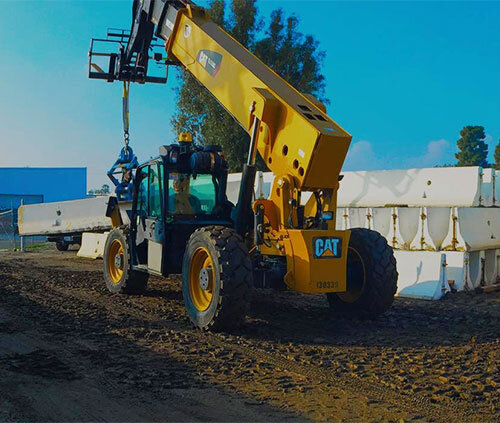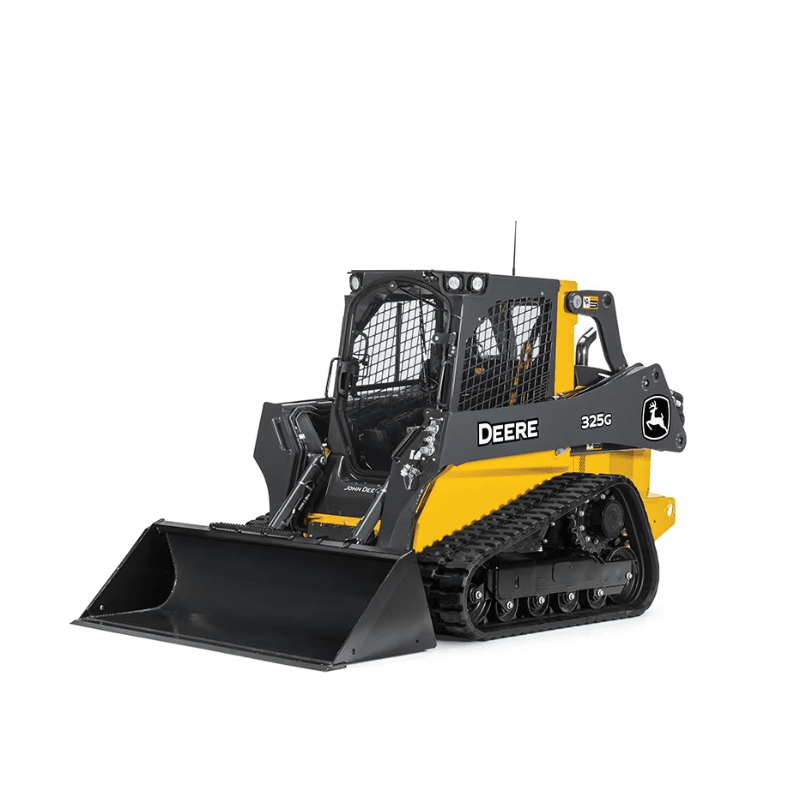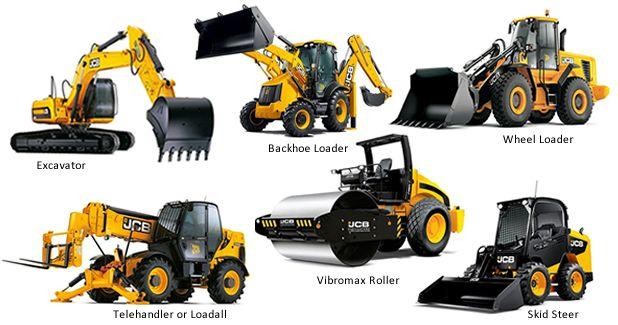Heavy Equipment Rental: Huge Equipment for Any Kind Of Construction Job
Heavy Equipment Rental: Huge Equipment for Any Kind Of Construction Job
Blog Article
Optimize Your Budget by Recognizing the Expenses Related To Building And Construction Equipment Leasings
Comprehending the full scope of costs connected with building devices leasings is essential for optimizing your budget plan. What strategies can be used to efficiently manage these expenses and guarantee a much more effective rental experience?
Introduction of Rental Costs
When thinking about construction tools leasings, comprehending the associated expenses is vital for reliable budgeting and project preparation. Rental costs can vary substantially based upon a number of variables, consisting of tools kind, period of leasing, and area. The preliminary rental charge commonly reflects the equipment's market demand and its linked functional capabilities, influencing the overall expenditure.
Along with the base rental rate, ancillary costs may develop, such as transportation charges, fuel additional charges, and upkeep costs. It is vital to represent these added expenses to accurately analyze the total cost of renting out tools. Furthermore, the rental period can influence pricing; longer leasings might get discounted rates, while temporary services might sustain greater daily fees.

Breakdown of Rental Prices
A comprehensive understanding of rental rates is essential for professionals and job managers aiming to optimize their budgets. Rental prices for building devices usually consist of several components, consisting of base rates, time-based fees, and usage fees.
Base rates are the core charges related to the rental of the tools, frequently identified by the type and dimension of the machinery. These prices can differ dramatically, influenced by variables such as tools demand, availability, and local market patterns. Time-based fees, which may be daily, weekly, or monthly, offer to fit different project timelines and rental periods.
Furthermore, rental rates might include usage costs, which are relevant when devices is utilized past a specified limit, making sure that the rental business can account for damage. Seasonal demand variations can likewise influence rental rates, with peak building seasons commonly commanding higher prices.
In addition, comprehending the rental company's plans regarding upkeep and insurance policy can supply further understanding right into the general price structure. By evaluating these parts, professionals can make enlightened decisions, making certain the selection of rental tools aligns with both task requirements and budget plan restraints.
Added Charges to Consider
Recognizing the complexities of additional fees is important for contractors to manage their general leasing costs effectively. Beyond the conventional rental prices, numerous auxiliary charges can considerably affect the overall expense of devices leasing. These charges commonly consist of distribution and pick-up costs, which can differ based upon distance and logistics entailed in carrying the equipment to and from the job website.
In addition, some rental firms might impose fuel surcharges if the devices is returned with much less fuel than when leased. It is additionally necessary to know possible cleaning fees, especially for specific equipment that calls for thorough upkeep after usage.

Completely examining the rental agreement and making clear these extra fees ahead of time can assist service providers guarantee and stay clear of unanticipated expenses that budgets continue to be intact throughout the task lifecycle.
Maintenance and Fixing Costs
Routine repair and maintenance expenses are commonly forgotten factors that can substantially influence the total price of construction devices rentals. When leasing tools, it is important to consider not only the rental costs however additionally the potential expenses connected with keeping the equipment in optimal operating problem.
Many rental business consist of standard maintenance as component of the rental arrangement; nonetheless, a lot more unexpected break downs or considerable repairs can result in added expenses. It's important to review the rental contract very carefully to recognize what upkeep solutions are covered and what obligations drop on the occupant.
Furthermore, equipment that is not well-maintained can result in ineffectiveness on the work site, potentially boosting and triggering delays job expenses. To alleviate these threats, it is suggested to perform normal evaluations Click Here and maintain open interaction with the rental provider concerning any kind of concerns that develop throughout usage.
Insurance and Obligation Costs
Insurance and obligation costs are crucial components that can considerably impact the total expenditure of building and construction devices leasings (aerial lift rental). These costs ensure that both the Read Full Article rental firm and the customer are secured from possible economic losses occurring from mishaps, damage, or theft throughout the rental period

In addition, clients need to be conscious of any deductibles or exemptions in the insurance coverage, as these can influence possible out-of-pocket costs. Understanding the terms of any type of insurance coverage is vital to prevent unexpected prices. Eventually, budgeting for insurance coverage and liability costs can aid guarantee a smoother rental experience and shield against financial dangers connected with building tasks.
Conclusion
In final thought, a thorough understanding of the costs associated with construction devices services is essential for efficient budget plan administration. By assessing rental rates, additional charges, maintenance costs, and insurance policy demands, people and companies can minimize unexpected expenditures. This tactical technique not just improves cost-effectiveness yet also ensures that projects progress smoothly and efficiently. Ultimately, notified decision-making pertaining to tools services adds to the he said total success of building and construction undertakings.
Rental prices can vary significantly based on several elements, including equipment kind, period of leasing, and location (mini excavator rental). The rental period can influence prices; longer rentals might qualify for discounted prices, while temporary services may sustain higher daily costs
By carrying out thorough research study and engaging with reliable rental firms, specialists can efficiently browse the complexities of rental prices, ultimately maximizing their financial resources.
Past the common rental rates, different auxiliary fees can dramatically affect the complete cost of devices rental. Rental business commonly provide responsibility insurance that covers injuries to 3rd celebrations or damage to residential property, while equipment damage insurance policy can cover the cost of repair services or substitute if the rented equipment is damaged.
Report this page